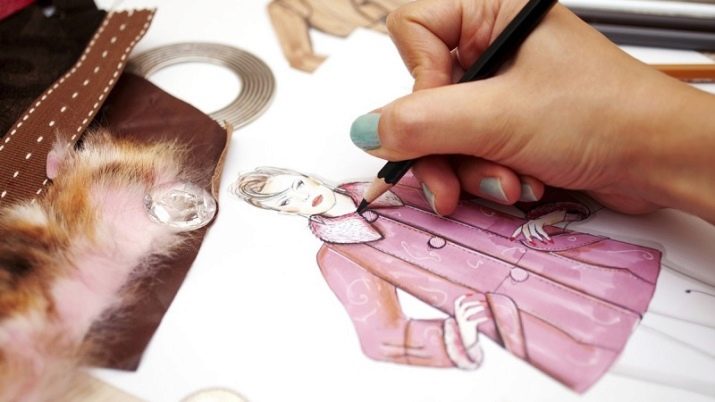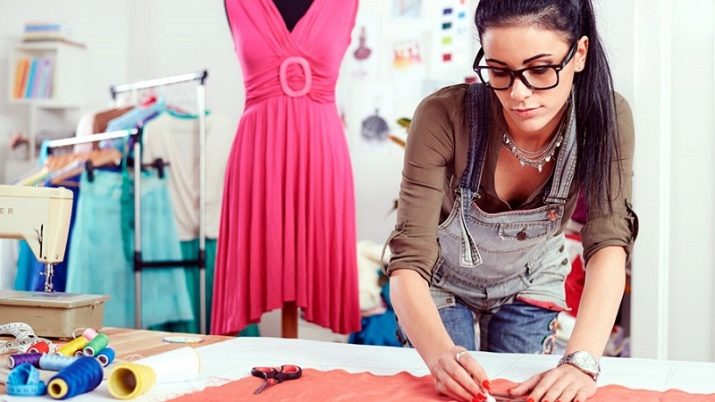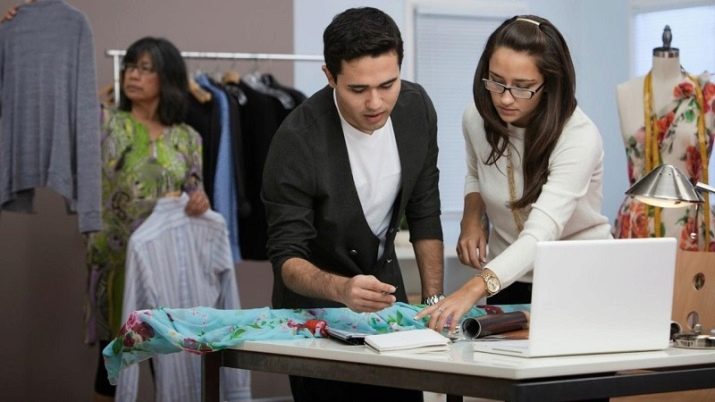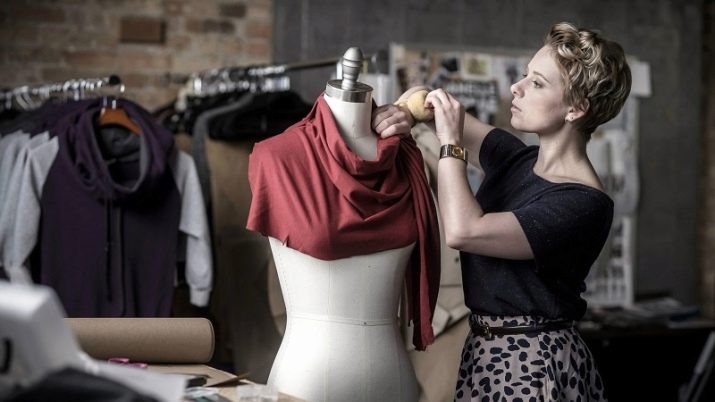Today, the profession of clothing designer is quite in demand. Many girls want to become fashion designers in order to create new styles of clothes, to realize the most daring ideas. In this article, we will consider the description, responsibilities, education and career of a fashion designer, as well as describe the differences between a fashion designer and a designer.
Features, advantages and disadvantages of the profession
It is worth noting that a clothing designer is a creative work that requires not only perfectly developed imagination, but also certain knowledge and skills. The designer creates a variety of clothes, hats, shoes and accessories. But like any profession, a fashion designer also has its own difficulties. So, he must perfectly master the technical aspects of the manufacture of various clothes, as well as have a good time and follow the modern trends in fashion. New trends in fashion are created precisely by fashion designers.
Sure, fashion designer is a creative profession, but you just can’t do without the technical side. You can come up with amazing models, but translating them into reality is possible only by creating the right patterns, choosing the right fabrics, and do not forget about sewing technology.

The fashion designer is responsible for the entire cycle of creating the wardrobe item. This process begins with sketching and ends with a careful selection of patterns and fabrics for sewing the right thing.
Of course, this profession is creative, but it is this parameter that largely depends on the place of work. It is worth noting the level of acceptable creativity.So, at some factories typical things are produced, while others are working on creating new trends in the fashion industry.
The profession of fashion designer implies the following advantages:
- it is a creative work that allows you to experience the results of your work in reality;
- creating a variety of clothes, the fashion designer allows everyone to look beautiful, regardless of the particular shape (with individual tailoring);
- good salary, and each fashion designer can develop and become an authority in the fashion industry;
- you can create your own business if you wish.
If we talk about the cons, it is worth noting the following:
- in the absence of experience and a known name, problems with finding a job are possible;
- the employee should adapt to the requirements that the authorities put forward, while criticism also occurs;
- working day may be irregular.

Difference from the designer
To clarify the issue, you should turn to history. Initially, the term “design” appeared in the 16th century, and it was not until the middle of the 19th century that it began to be used en masse. If we talk about our country, then the designer as a profession appeared in the second half of the XX century during the USSR. Today, this profession is quite in demand. It is worth noting that the concept of “fashion designer” is traditional for residents of Russia, but in Europe, it is precisely the “designer” that is used. But there are some differences between these two professions, which are precisely in solving various problems. MThe odealer is engaged in modeling clothes, while the designer is responsible for the design.
Modeling clothes - creating a new form using a variety of methods and techniques. Initially, it is necessary to create a concept and determine the main design tasks. But the designer is committed to capturing fashion trends, analyzing them and providing a new concept for creating a new clothing collection, while he guesses the wishes of customers. The difference is that the designer is responsible for creating new forms, while the designer works only with its modification, that is, new clothes are created on the basis of existing options. For example, a fashion designer changes the shape of a sleeve or collar, changes the length of a product, uses a new decorating solution, or combines several styles.
Two professions are represented in Russia - fashion designer and designer. The place of their work is different, because fashion designers work in knitwear or sewing enterprises, as well as in ateliers, but designers usually create in design bureaus, workshops and design studios. A designer can also work as a fashion designer, just as a fashion designer can be considered in the future as a designer if desired.

Education
Training in the profession of fashion designer is possible in the following specialties:
- "Designing products of light industry";
- “The art of costume and textiles”;
- "Design".
To begin training, you should pass the exam, while the list of subjects may vary. To enter the "Design" or "The Art of Costume and Textile", you must first pass the creative test. In the "School of Architecture and Design" a course "Costume Design" is provided, where they teach exactly the features of modeling. This course includes several stages, each of which has a training duration of 3 to 8 months. After completing the course, each student receives a document of an established form. Training the profession of a fashion designer is less time consuming than the profession of a designer.
Pay attention to the following universities, which are the best in this field:
- MASI;
- SGEI;
- SPbSU;
- Moscow State University;
- RSU named after A. N. Kosygin ("Technology. Design. Art");
- SPbGUPTiD;
- IBiD;
- BIEPP.

Responsibilities
The fashion designer has the following responsibilities:
- create sketches, drawings and drawings that depict wardrobe elements;
- develop sketches using sketches, for example, after making changes to the client;
- create a variety of patterns, patterns and other illustrations that allow you to qualitatively complete a particular product;
- tailoring individually or careful control over the process of mass production;
- quality control of each product and its verification;
- preliminary fitting and making adjustments depending on the client, if individual tailoring is performed;
- display of finished products, for example, at shows or in front of the customer, as well as participation in the creation of advertising campaigns.
Fashion designer is often quite an active participant in various conferences and competitions, he communicates with journalists, partners and suppliers.
He can even act as a teacher, transferring his knowledge to others.

Career
Quite often, a young specialist is not hired as a fashion designer. Originally he should work as his assistant for a while. If he proves himself, he will already become a fashion designer, while he can participate in various competitions. With a set of experience, pay will increase.
In the future, the fashion designer can go on increasing and take the position of the head of the workshop where they are sewing clothes, or independently open a design studio.











